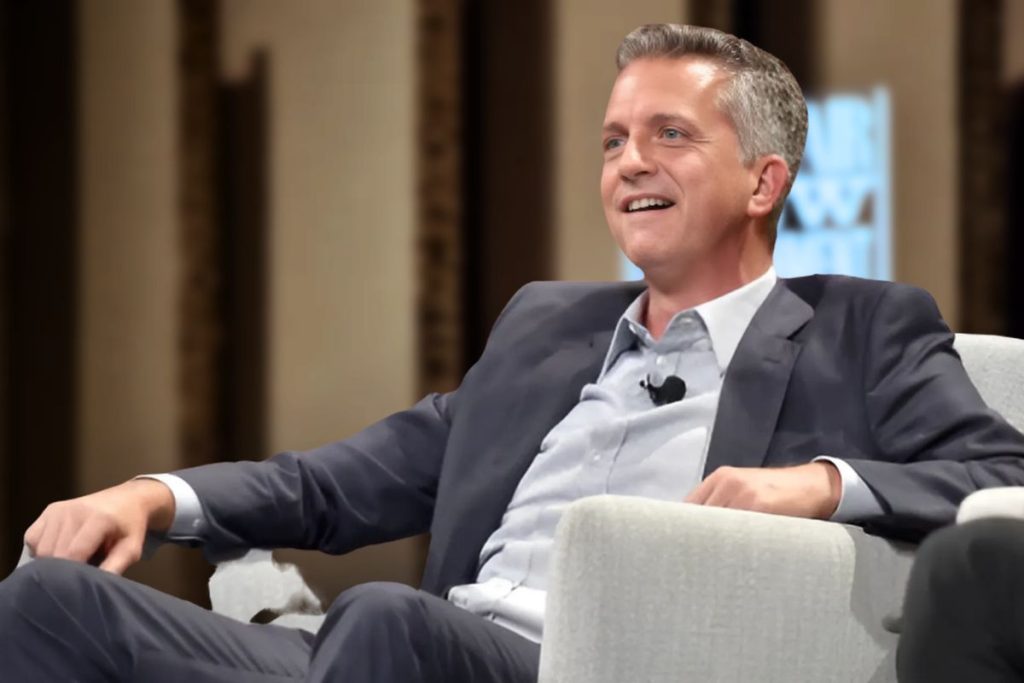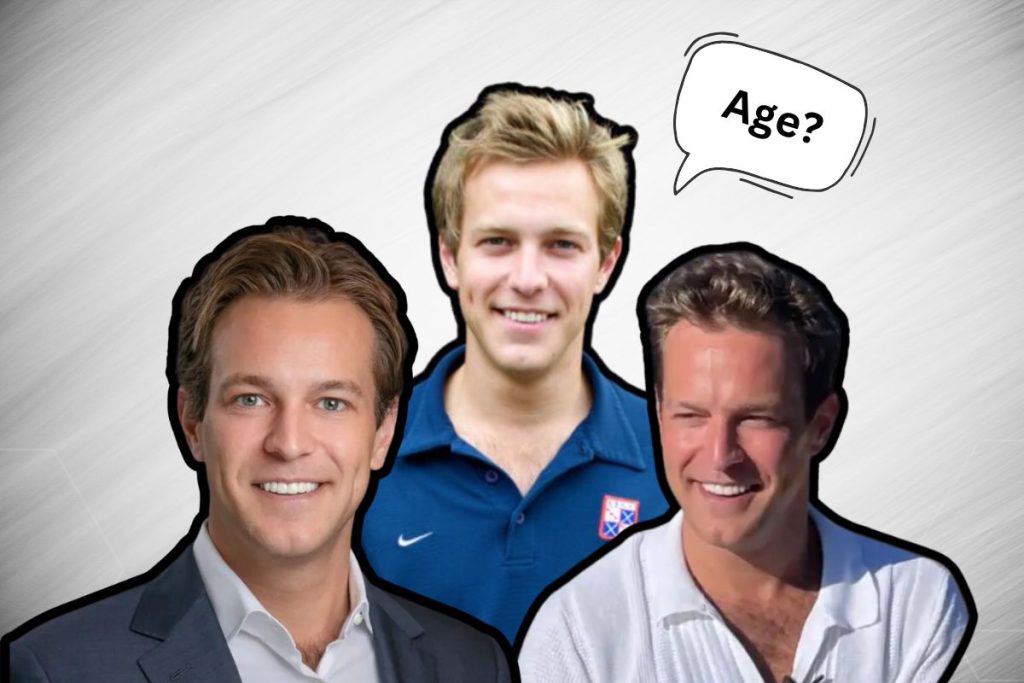
The Sham of Food Packaging Recycling
When we first evolved into the human sapiens (that we are today), there was no notion of civilization. Humans were nomads that moved from place to place and stayed closer to the food and water source. There was no concept for food storage. With time, humans became more sophisticated. The increasingly intricate fabric of society compelled us to adopt a more cultured and urbane lifestyle. The more polished our lifestyles became, the more complex they got. We started devising innovative techniques and tools according to the new needs of civilization. The packaging was one such tool.
Table of Contents
History of food packaging:
Food packaging started with our ancestors using pottery for food containment.
The modern form of packaging that we know of today, started in the 1800s. People started using glass containers to increase shelf life and for the preservation of food.
Then came the metal containers. These containers were convenient to use than glass. These could be used to heat the food within; this made them very popular among the masses.
Then in the 1900s, the use of plastic in the food packaging industry became mainstream. Plastic containers took over the world of food packaging and replaced almost all other materials. Plastic was cheap, readily available. The food and beverage packaging industry started using plastic on a gigantic scale as it made them tons of profit.
Then came modern materials like paper, kraft, and corrugated material.
Functions of packaging:
Packaging serves many purposes:
- Protection
- Containment
- Information
- Marketing
- Portion control
- Convenience
Materials used for food packaging boxes:
- Metal
- Plastic
- Paper
- Glass
- Corrugated material
Where did all go wrong?
As I like to put it, we have gone from an age of information into an age of disinformation. To a certain point, these innovations were genuinely helping to make life easier. But humans have a nag for ruining everything they touch. The same happened to the packaging industry. Things started to deteriorate when we invented plastic.
At first, it felt like the best solution ever; it was cheap, easy to handle, provided protection, could be molded into multiple shapes, and was extremely durable. Little did we know that this durability of plastic was going to be the bane of our planet. As it doesn’t decompose easily, it can stay there for billions of years and when it does decompose, it adds harmful, dangerous toxins into the environment.
Waste management and recycling:
Instead of addressing the root cause, humans did what they do best, invented something new. To counter the damaging effects of plastic waste on the planet and our environment we devised a system called MRF (materials recovery facility). It is a waste management system where trash is recycled (to some extent at least).

There are two types of MRF apparently:
- Clean materials recovery
- Dirty materials recovery
How a waste management system works:
- Receive the waste
- Separate the waste
- Recycle the waste, and
- Sell it to end-user manufacturers
Sham of recycling:
With MRF systems technically all our pollution and waste issues should be resolved. But the planet is still swamped with plastic waste and toxins. Wild and marine life is dying; many species are endangered, quality of life even for humans is declining. If recycling works then why all our problems are not miraculously ending? The answer is simple, recycling is a sham for the most part.
Metals:
Metal recycling is not a sham; most of the metal containers used for Custom food packaging Boxes are recycled. The reason for this is:
- Metal is expensive and there is a relatively small number of metallic packaging.
- Metal containers have a high resale value.
Plastic:
Plastic recycling on the other hand is a whole different story. Only type 1 plastics can be recycled rest number 2,3,4,5,6,7 are difficult to recycle or can’t be recycled at all. Especially mixed plastics don’t have a market value and can’t be recycled. Considering
Paper:
Food contamination makes materials worthless and non-recyclable as they can contaminate other materials. Greasy parts of packaging with bits of food can’t be recycled. Most paper packaging is left out and isn’t recycled.
Glass:
Glass is probably the most easiest and difficult material to recycle. Easy because it is one material people actual place correctly in the recycling bins. Difficult because of how easily it breaks and is a hazard. Most glass isn’t recycled; it is ground for sandblasting instead of selling back to glass factories.
Why MRFs are not working as anticipated?
Our industries are pumping tons of packaging waste into the environment every day. MRFs are overburdened with recycling all kinds of materials that they didn’t have a say in manufacturing.
If an MRF can’t find an end market and bales are piling up and crowding the facility, those bales eventually have to be landfilled or incinerated.
MRF is an expensive setup and if they can’t make any profit out of recycling, running such a huge facility can be difficult. They can’t store piles and piles of recycled materials; those mounds have to go somewhere, either they will sell it to respective companies or they will throw it in a landfill (or incinerate).
The recycling cost is much higher than the actual value of recycled materials. i.e. in 2018 processing cost of recycling per ton was $82 and value of around $45 per ton. The plant itself was covering the difference of $37
Food and beverage industry:
The food and beverage industry is adding more waste by manufacturing newer materials instead of buying the recycled one. To cover their unethical behavior they distract the public from the real issue; the real issue is the continuous addition of more and more plastic and packaging into the world.
Instead of finding a smart solution, these multibillion-dollar companies make the masses believe that all the pollution is because of littering and irresponsible behavior of the public towards recycling. In comparison to the industries, littering by the general public causes only a fraction of the total pollution.
Even when a regular person acts responsibly, chances are, that plastic bottle you so responsibly placed in the correct recycling bin, will end up in a landfill; adding to pollution.
Conclusion:
The need of the hour is that instead of focusing on recycling, we must stop pumping more waste out into the world. There are few packaging companies responsible enough to use only compostable and biodegradable packaging. Most of the food and beverage companies still use plastic because of how cheap and readily available it is.
September 25, 2020

















